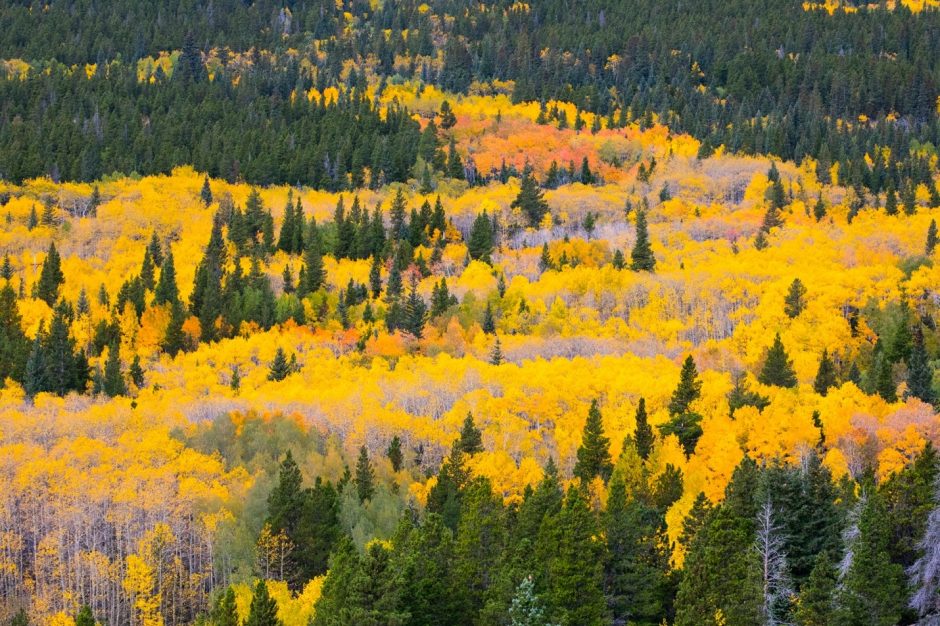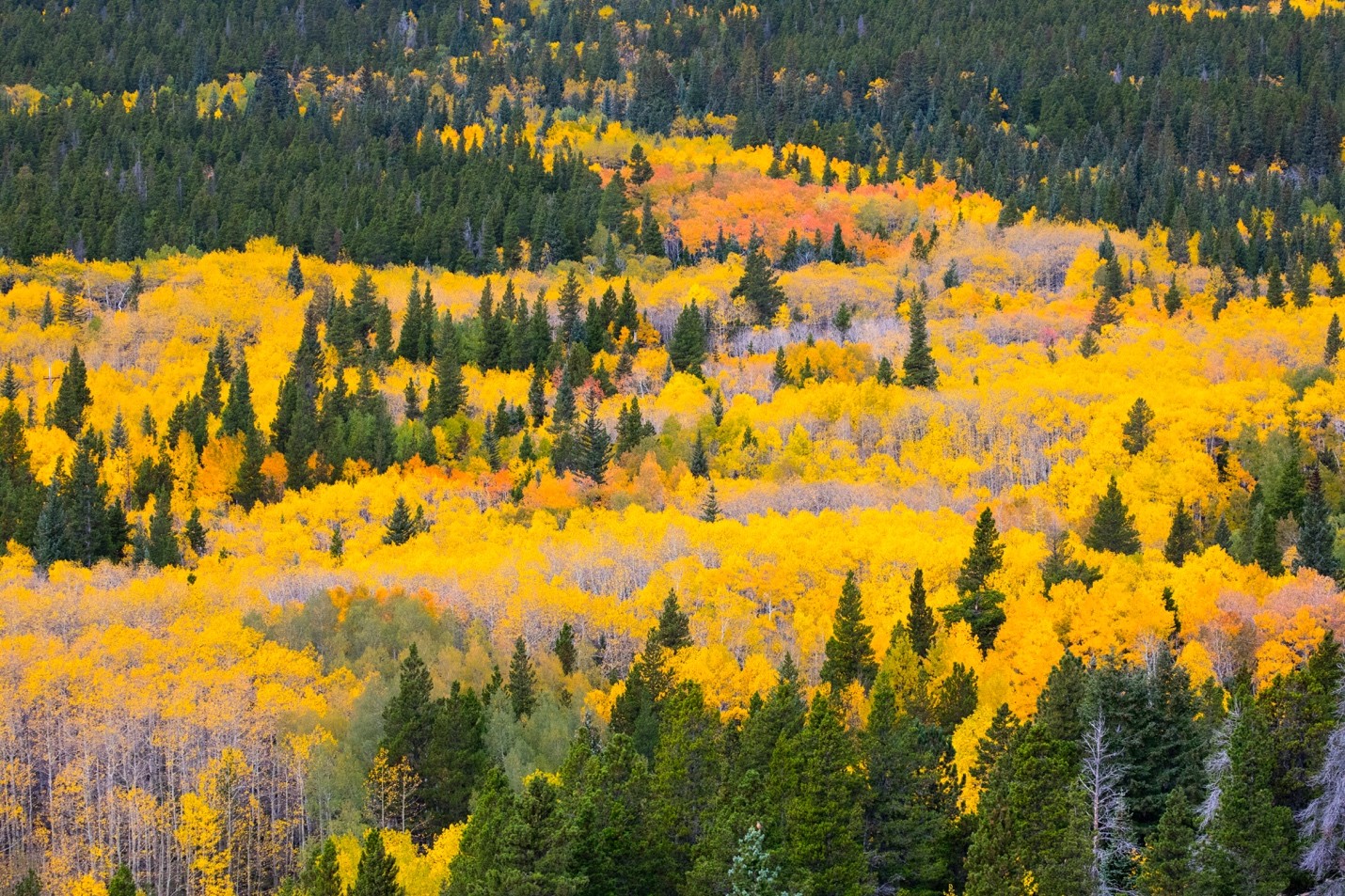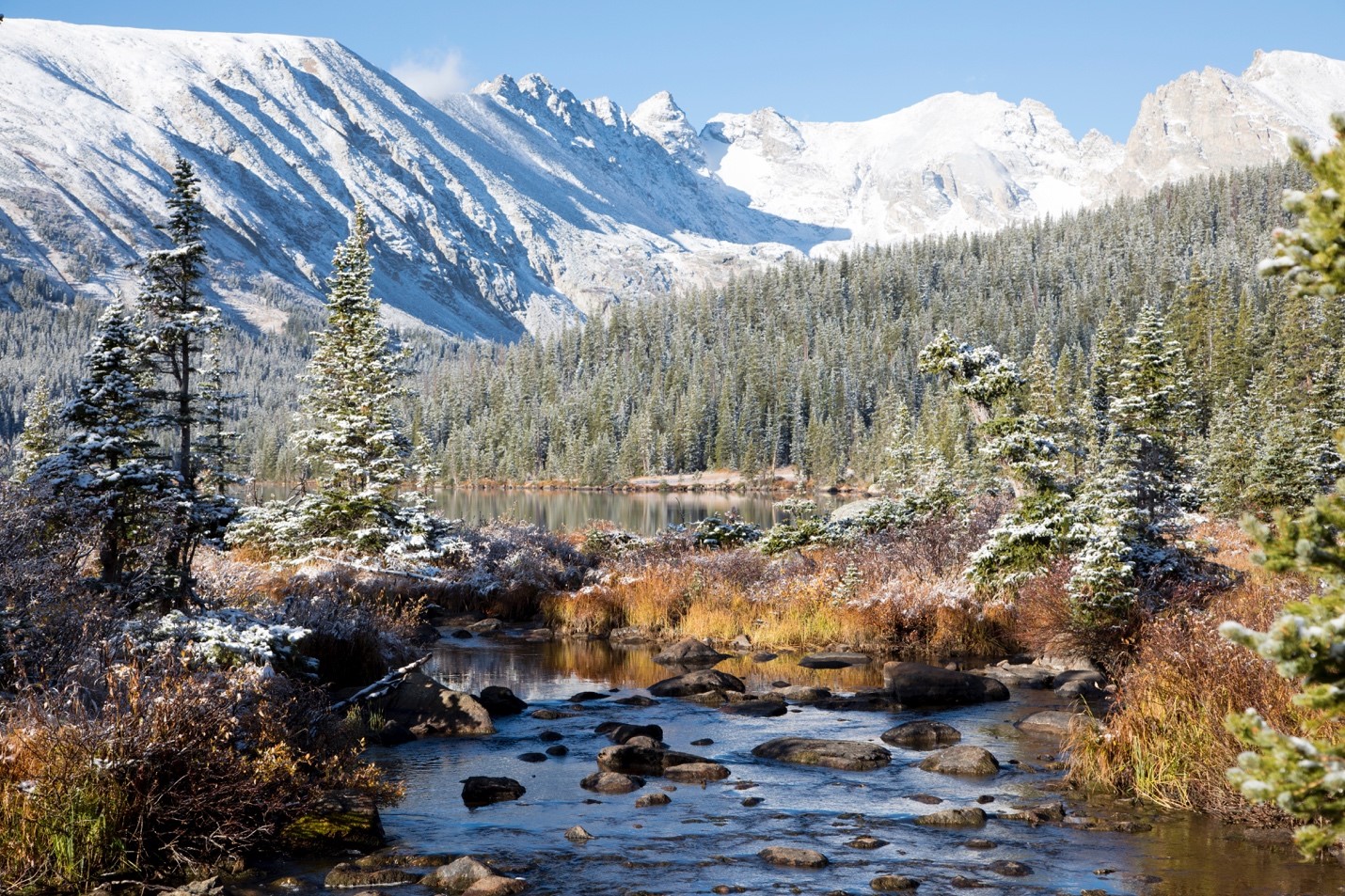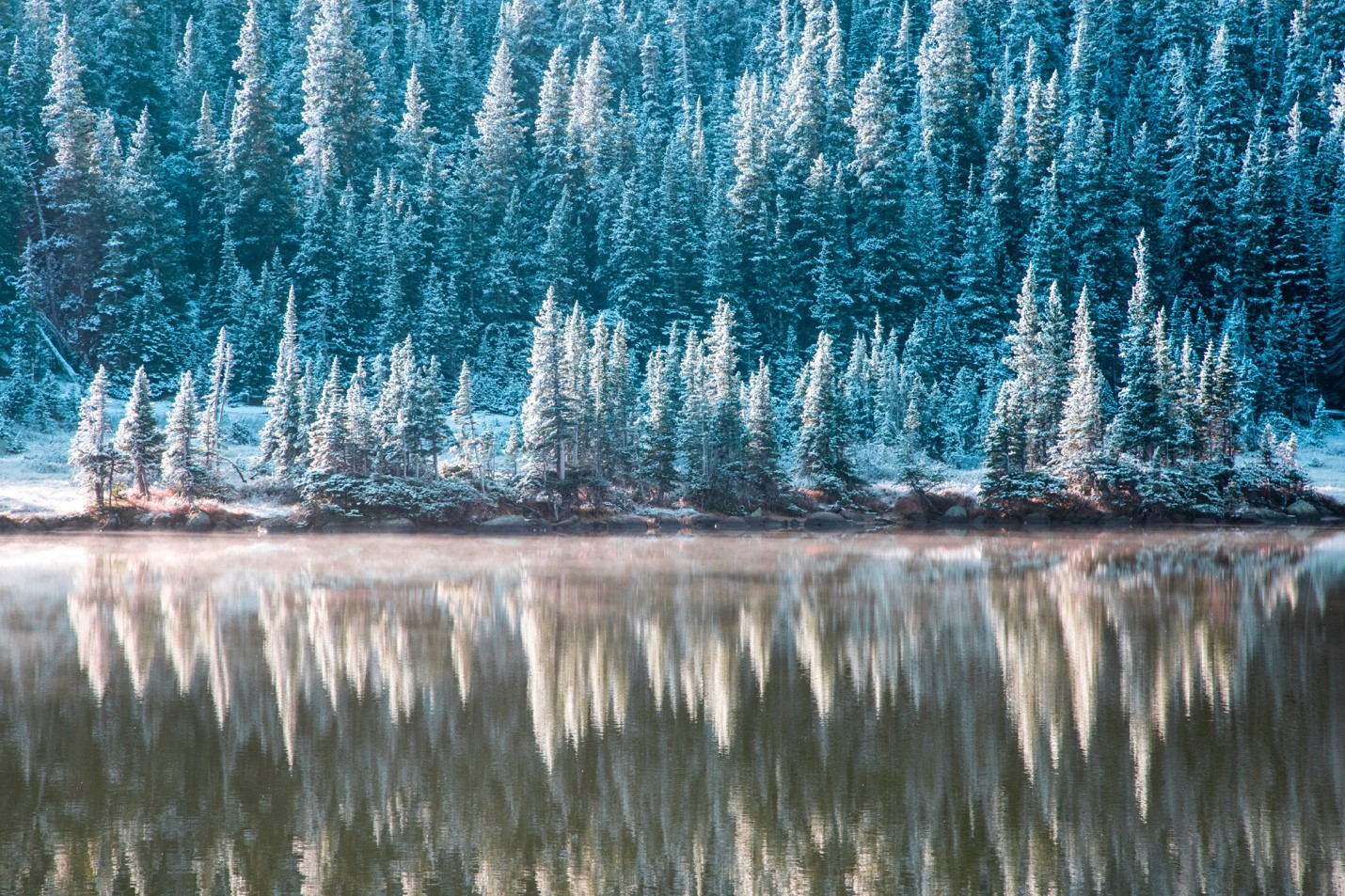
Tips for Fall Photography
The loss of chlorophyll can be a beautiful thing, when summer turns to fall and leaves take on their magical sheen of yellows, oranges, reds, and in some places purples. If you are a nature photographer, there is no better time of year to get the camera out and photograph ALL that you see.
When it comes to the what and how to photograph fall colors, there are many places and ways to ensure success. I could probably pen out an entire book on the topic, but we’re going to keep this short and sweet here so that you spend less time reading and more time out there photographing.
Getting the Iconic Shot

This might be one of the first images of fall colors that come to mind when gearing up to photograph fall’s leaf change. It’s big, it’s colorful, and it’s dramatic. For a shot like this, it’s imperative that you don’t leave your telephoto lens at home. While it’s easy to leave such behind, thinking that landscape photography is all about “wide angle” shots, a zoom telephoto can be immensely helpful when photographing fall colors, especially in mountains when you may not physically have access to get close.
Fill the Frame when Close to Trees

In those cases when you can get close, make sure you’re not just documenting what you are seeing, but really try to compose the shot for maximum effect. Generally a “fill the frame” shot can produce some of the most dramatic results, as you are filling the frame with your subject. In this case, it’s the magnificent golden leaves.
It’s also worth mentioning that this is one of the few times I might throw a polarizing filter in my bag. On nice blue sky days, a polarizer will help bring out the dark blues of the sky, creating a spectacular contrast between leaves and sky.
Don’t Just Concentrate on “Peak” of the Season

As much as I love a big, full-frame shot of dramatically colored leaves, I also like the story that’s told when you catch the leaf change a bit early. As you can see in the above photograph, some of the trees are nearing “peak” while others are barely starting. I find that this provides context to the photo, which helps in the storytelling angle of your photography. Showing the transition is very compelling, especially with something as punctuated as the leaf change each fall.
Similarly, once the leaves have passed “peak,” don’t feel that your job is done and no opportunities are left. Sometimes that first snow, which comes around in fall where I live in Colorado, can make for a sensational mix of colors, textures, and emotions, as you can see in the below photo.

Pay Particular Attention to your Camera’s White Balance
There is no “right” white balance setting, but it’s important to know what changing your white balance settings can do for your photo. As a general rule of thumb, if you want it to be a “warmer” photo, set it on shady or cloudy. If you want your photos to be “cooler” set your white balance on daylight. Warmer injects more yellow into the shot, while cooler injects more blue. Because you’re usually dealing with dominant colors with fall photography, a small change can yield big results. If you’d like more info on this, check out my article on When and How to Change your Camera’s White Balance Settings.
The below photo is one of my favorite from fall 2018 (albeit a bit atypical), combining a surprise snow in the Colorado mountains with a very deliberate “cooling” white balance applied in my camera before the shot. Because the fall sun was so yellow and intense, reflecting off the lake at dawn, you get this interesting contrast that I ultimately find quite appealing. But you can also go the other way, and really ramp up the yellows with a “warmer” white balance, also yielding gorgeous results.

Put it All Together
The best photos are those that combine various tactics and methods. For each shot, see if you can use more than one of these tips at the same time. Remember, the more deliberate you are, the more you’re going to like your photos–and that’s the ultimate goal.
If you’re headed out to photograph some stellar fall photos, I wish you the very best of luck. And don’t forget to put the camera down from time to time and really marvel in this absolutely mesmerizing time of year.
Cheers!

Court
Leave a reply